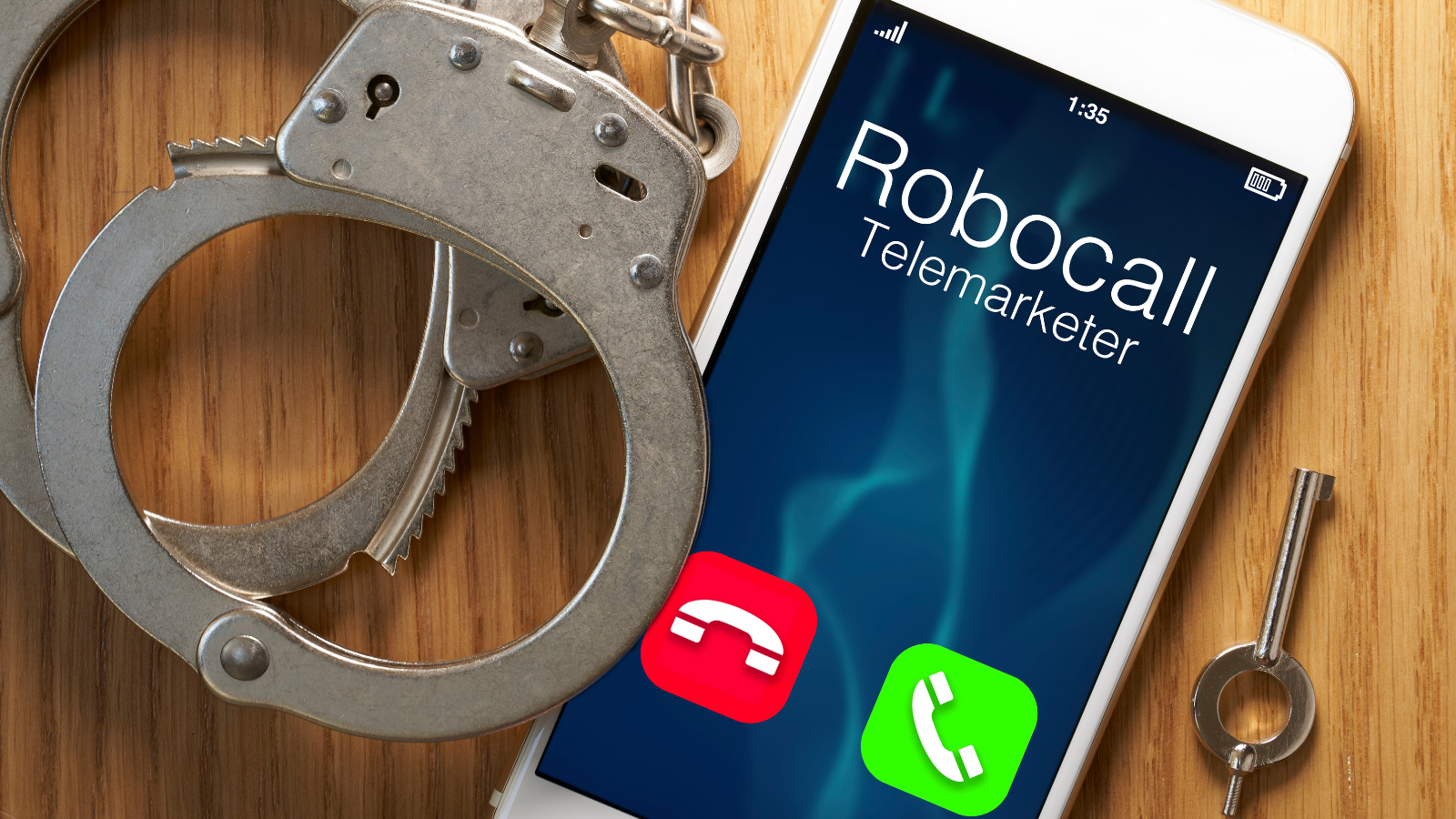
Have you been ignoring a lot of unknown numbers lately? You’re not alone.
Scammers know that you use your mobile phone all the time. They know that robocalling you is one way they can trick you into signing up for scams or giving out your personal information. Wireless providers have been working hard to deploy new tools to block and label robocalls, as well as technology frameworks, called STIR/SHAKEN, to help determine which callers are legitimate and which ones are not.
The Federal Communications Commission (FCC), the Federal Trade Commission (FTC), and the wireless industry are cracking down on illegal robocalls. These efforts have resulted in a decrease in robocalls. For example, the FCC launched a robocall mitigation database, which includes phone providers that have certified they are putting protocols in place to address illegal robocalls. The FCC is also rolling out a reassigned numbers database (RND) to help prevent you from getting unwanted calls meant for someone who used to have your cellphone number.
These efforts have been helping to reduce illegal robocalls, but bad actors have not given up yet. In case you do continue to get robocalls, here is what you need to know about robocalls this year, how you can control them, and what is being done to stop illegal callers.
What are robocalls?
According to the FCC, robocalls are calls that are dialed automatically, using a device known as an autodialer. They may contain a prerecorded message or artificial voice. Scammers leverage new inexpensive technologies to place large volumes of calls automatically.
Are all robocalls the same? What is the difference?
No. Not all robocalls are created equal. There are many robocalls that are helpful. Some robocalls can come from trusted sources—like your doctor’s office reminding you of an appointment, your pharmacy reminding you to pick up your prescription, or your grandchildren’s school notifying families of a closure due to severe weather emergencies.
However, fraudulent robocalls are placed by malicious actors attempting to scam the recipient by pretending to be from a trusted source, like banks, government agencies, healthcare providers, or criminals trying to convince the receiver that they owe money.
I get so many robocalls and can’t tell the difference between a good call and a bad one. What are some tips for keeping the automated messages that I want—like from my pharmacy or doctor’s office?
Missed a call from someone you trust? Save the number. If you recognize an automated message in your voicemail (e.g., your pharmacy) and want to continue to receive those calls, save the number and give it a name you’ll remember—like “my pharmacy.” That way, the next time you receive an autodial from a trusted source, you can tell which calls are from people you know by the contact name you assigned.
Take extra precautions with unknown callers: Don’t engage with robocallers. Don’t give out personally identifiable information or send money to a third party without verifying the authenticity of the caller. You can double-check the authenticity of caller by looking up their phone number on their website, or in a phone book and calling them directly.
What can I do to stop unwanted robocalls?
Take back control and report unwanted robocalls. File a complaint online with the FCC or the FTC. They also have help lines: You can call the FCC at 1-888-CALL-FCC or the FTC at 1-877-FTC-HELP.
“I LOVE reporting scammers when I get a bad robocall. I feel like I’m a watchdog for the FCC. I’m looking out for my neighbor and stopping the next person from getting scammed. There are a lot of scammers out there. Sometimes, it takes a village. The FCC is doing what they can, but if we’re gonna catch them all, we’ve got to do our part, too. If I have a phone, I have the power to report the bad guys. That makes me feel in control.”
Download call-blocking apps. The major wireless providers offer various tools and solutions that you can engage or may be built into your device to block or flag calls. There are also many third-party apps and device features for Android and iPhone that you can download to help block unwanted robocalls.
Join the “Do Not Call” list. Manage unwanted telemarketing calls and register for the FTC’s National Do Not Call list. While some telemarketers can find a way to get around this list, it is still worth registering your phone number to help put an end to pesky telemarketing calls.
For more information, visit: https://www.ctia.org/how-to-stop-robocalls and https://fightingrobocalls.ctia.org/
We ALL play an important role in fighting illegal robocalls. While so much is being done to help stop illegal robocalls, we all must do our part to help put an end to scammers. Stay tuned to ACTwireless for wireless legislation that may impact your state so that you can take action on policies that matter to you the most. For more information on robocalls, click here.